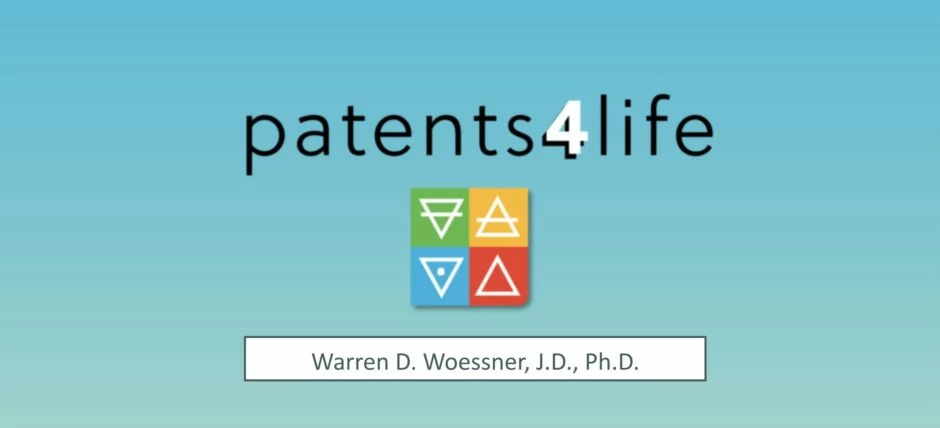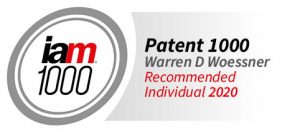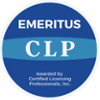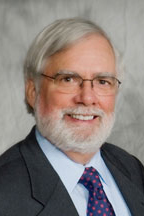By Paul Cole
Visiting Professor, Intellectual Property Law, Bournemouth University, UK
On Tuesday 24 November, David Kappos made a posting on the Director’s Forum including the following statement:
Some have suggested that the Office is determining obviousness in a way that stifles innovation by refusing patents for truly inventive subject matter. They’ve asked us to provide examples of non-obvious claims in view of KSR. Such examples would serve as a complement to the examples of obvious claims already in the guidelines.
Mr. Kappos gave a presentation at the AIPLA Annual Meeting in Washington in October, and in a question and answer session that followed there were three questions which concerned KSR, more than any other topic. The two questioners who preceded me expressed dissatisfaction with seemingly unjust and arbitrary rejections for lack of inventive step. I asked whether the US examination guidelines on inventive step could be brought into line with those of the EPO, where positive and negative examples are carefully balanced, and the suggestion created a burst of applause from the audience. More detained comments on the suggestion are found in a paper on KSR that was published in the John Marshall Review of Intellectual Property Law in 2008 (a copy is attached at the end of this posting).
It now seems that there is at least a chance that the suggestion that I and others have made may be acted on, and that the possibility is under active consideration in the USPTO. For the most to be made of this opportunity, we as students and users of the patent system can help by suggesting additional positive decisions which it would be good for the USPTO to include in the revised inventive step Guidelines.
For the avoidance of doubt, what we are looking at here is the Manual of Patent Examining Procedure at 2143 – Examples of Basic Requirements of a Prima Facie Case of Obviousness. There are various headings giving examples and the opportunity here is to submit counter-examples. Here are the various headings:
A. Combining prior art elements according to known methods to yield predictable results. Anderson’s Black Rock is one example and US v Adams is a counter-example but mentioned only for teaching away which is not really in point here. Do we have any more recent examples which could usefully go into the MPEP? The Adams case itself provides a good example of persuasive new function, and the nineteenth century examples of Winans and the Washburn & Moen Manufacturing (Glidden barbed wire) case are also instructive. But good recent examples should also be included e.g. compositions exhibiting surprising synergistic properties.
B. Simple substitution. Are there any decisions which could usefully be contrasted with In re Fout, In re O’Farrell, Ruiz v AB Chance and Ex parte Smith?
C. Use of known techniques to improve similar devices. Are there any decisions which it would be good to include in MPEP and which can be contrasted with In re Nilssen and Ruiz v Chance?
D. Applying known techniques to a known device. What decisions might be included to contrast with Dann v Johnson and In re Nilssen?
E. Obvious to try. What decisions should be included to contrast with Pfizer v Apotex, Alza v Mylan Laboratories and Ex parte Kubin? See also the MPEP at 2143.02.
F. Variations prompted by design incentives or other market forces. The examples here are Dann v Johnson, Leapfrog v Fisher Price, KSR itself and Ex parte Catan. Can we provide instructive and hopefully easily comprehended counter-examples?
G. The TSM test. Here Graham and DyStar are mentioned. Do we have any post-KSR examples where it was appropriate to continue to apply the TSM test and a positive finding of patentability was made?
Readers of this blog will obviously be looking for cases which emphasize the empirical nature of research in the chemical, biochemical and pharmaceutical arts. One suitable candidate might be the recent CAFC decision in Sanofi Synthelabo v Apotex which concerned the drug Plavix used for the treatment of heart attacks and strokes. It turned out that the enantiomers had the property of “absolute specificity’ with one isomer providing all of the anti-platelet activity, but no significant neurotoxicity whereas the other had no anti-platelet activity and all the neurotoxicity. Evidence was adduced that there was no scientific principle which allowed prediction of which isomer would be more active, and that weak stereospecificity was more common than strong stereospecificity; also that activity and toxicity were correlated so that the more active isomer would be expected to be the more toxic. Furthermore, in compounds where biological effectiveness is delivered through metabolism in the body, the acid environment of the stomach or other metabolic processes may restore the racemic state. On this basis the CAFC held that the biological activity of the claimed isomer could not reasonably have been predicted
Hopefully readers will respond with references to instructive Board of Appeals, District Court and CAFC cases where patents were held to have inventive character.






